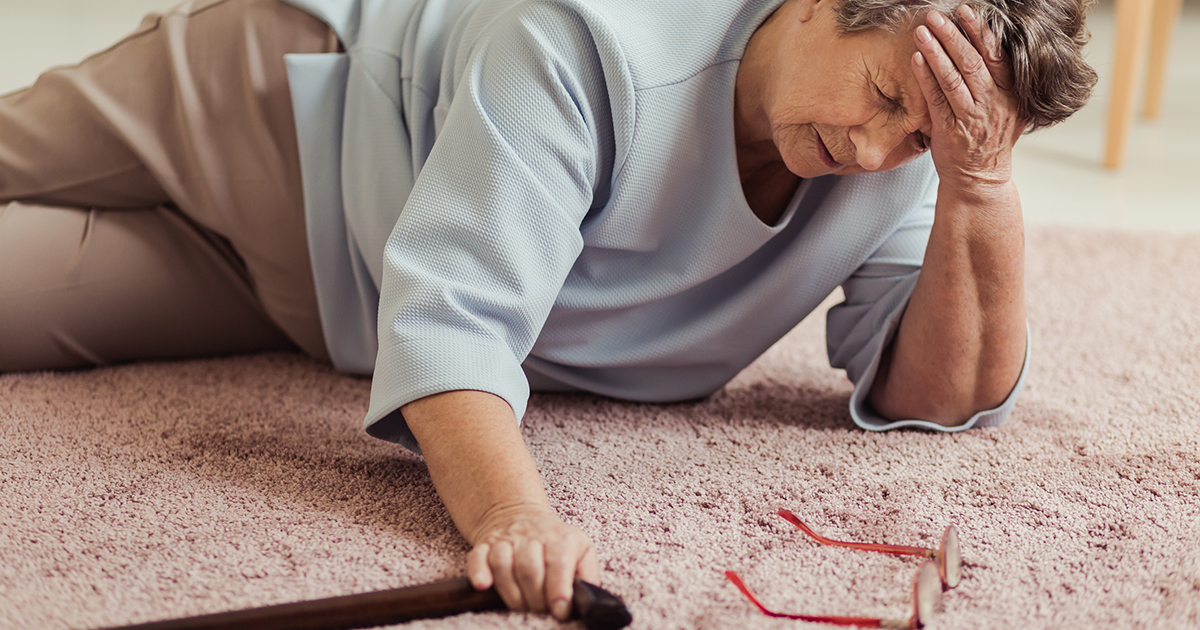Side Effects Of Lorazepam
Constipation
Constipation is one of the most common side effects associated with lorazepam. The drug slows down the normal stimulation of the gastrointestinal system, and this produces constipation. Female patients over sixty years old are most likely to develop constipation while on lorazepam, and those who take lorazepam with zoledronic acid have an even higher risk of this side effect. To reduce the likelihood of constipation, patients who use lorazepam may want to increase their dietary fiber intake. This can be done by eating more high-fiber foods such as oatmeal, whole wheat, and cereals. Patients may also need to take a fiber supplement, and laxatives could be needed if fiber is not enough to relieve constipation. In cases of prolonged constipation that have lasted more than four or five days, patients might need to use an enema instead; these are available over-the-counter, and they can be administered by hospital staff as well. Prolonged or untreated constipation could cause serious complications. Patients should make a doctor's appointment if constipation is accompanied by abdominal pain, fever, leaking stool, or rectal bleeding. If the patient vomits, has a swollen abdomen, or is unable to pass any bowel movements at all, emergency medical attention is necessary.
Discover additional side effects of lorazepam now.
Loss Of Coordination

Loss of coordination is one of the most frequently reported side effects of lorazepam use. This side effect is typically worse when larger doses of the medication are used, and patients who are elderly could be affected more severely. Patients have reported feeling unsteady on their feet, and this increases the risk of falls. In conjunction with unsteadiness, patients have also reported dizziness and weakness. Individuals who feel unsteady or dizzy while taking lorazepam should be especially careful to sit up slowly when getting up from a lying position, and it is equally important to take care when standing up from a sitting position. Throw rugs and other trip hazards should be removed from the patient's home, and it may be necessary for the patient to use a cane, walker, or another device to minimize the risk of falls. Any changes in coordination should be evaluated by the patient's physician to determine whether they stem from an underlying medical condition or whether they are just a side effect of the lorazepam.
Continue to uncover more lorazepam side effects now.
